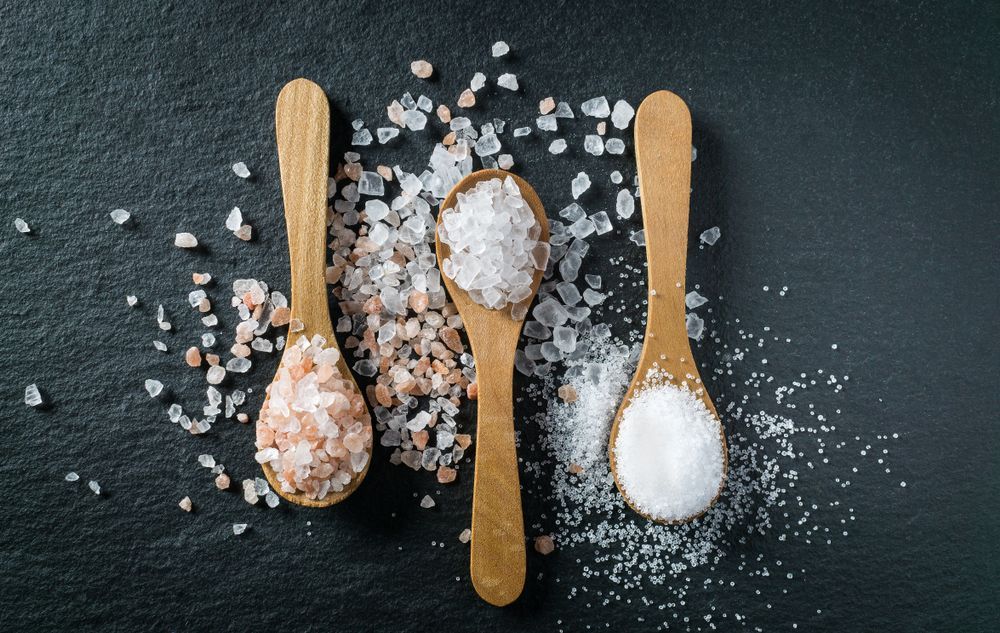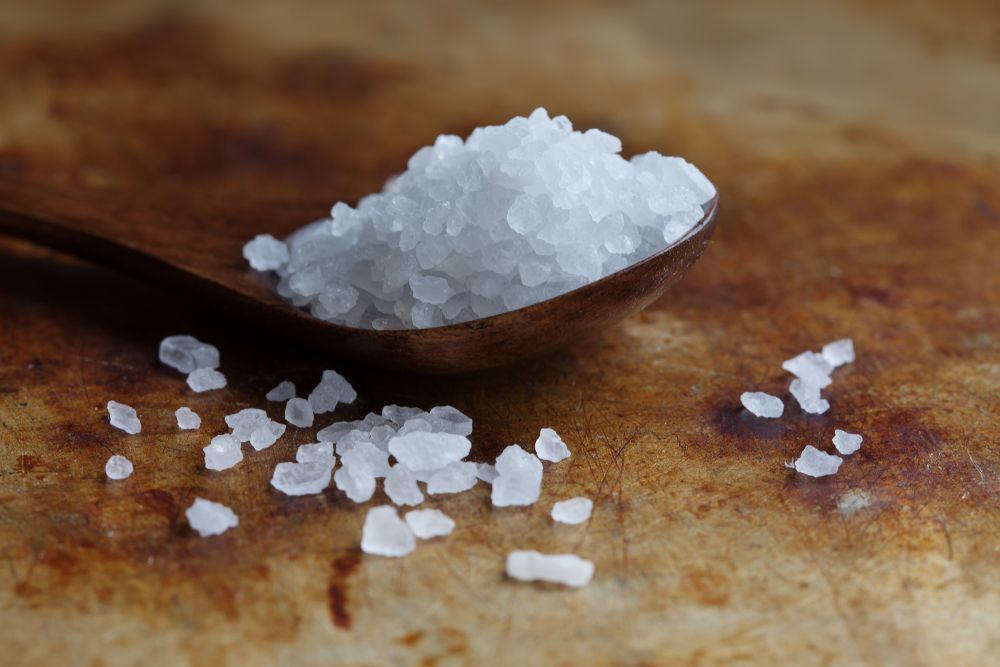The Effects of Sugar in Cannabis Cultivation
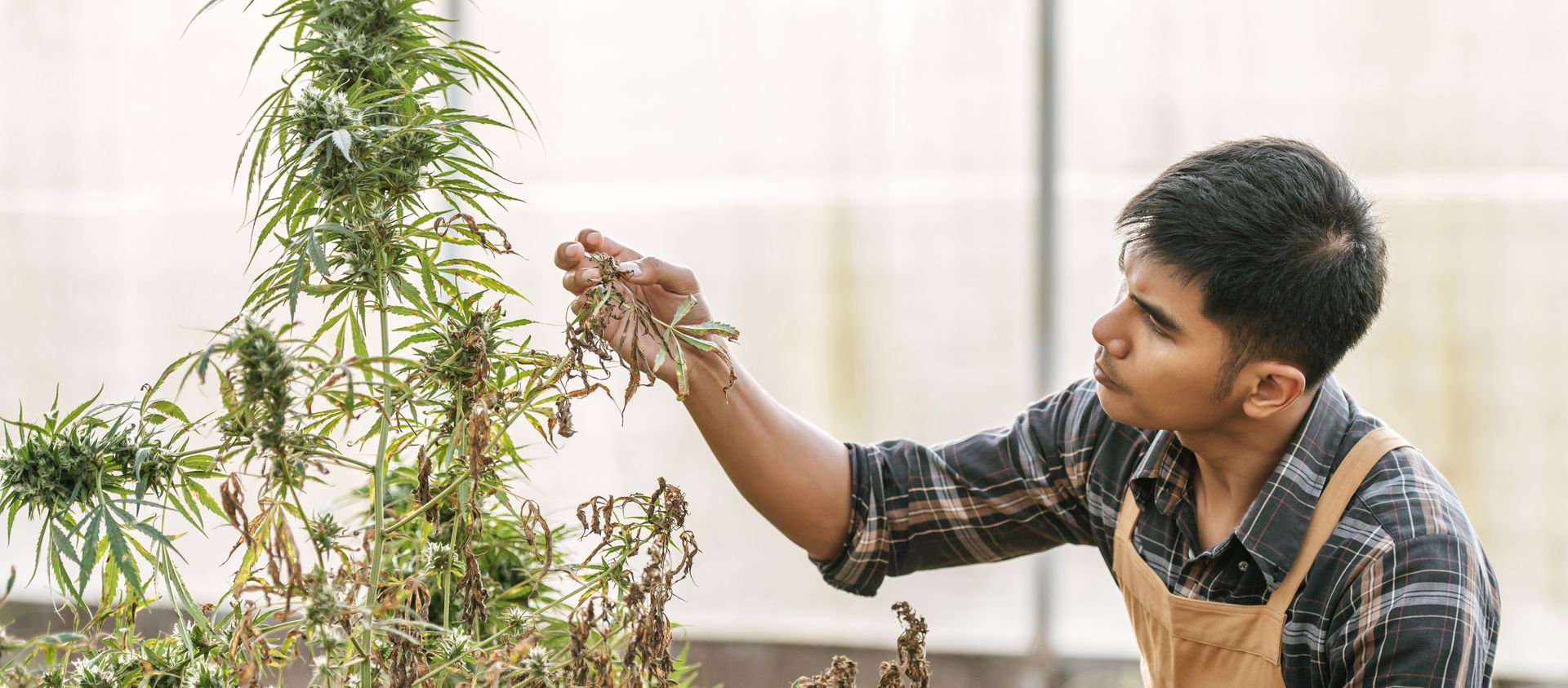
If you've spoken with any farmers or agriculturalists, you should already know about the positive effects of using sugar in crop cultivation. Well, many of the same effects apply to growing cannabis, and beyond! In fact, sugar plays a larger role in cannabis cultivation than many other crops and plants. Sugar production occurs naturally in plants through photosynthesis to aid growth, where plants turn energy from light into oxygen and glucose.
In cannabis plants, natural sugar production is always happening, where larger amounts of sugar are key to a larger yield. Newer buds are the workhorse leaves, producing the sugars that older leaves store. This sometimes creates a competition for sugar amongst the leaves of the plant. Healthy plants do not need much alteration, but weaker plants sometimes need the extra sugar boost. Many growers use tricks such as defoliation to trim older leaves so the flow of sugar can reach other less mature buds. Others will add extra sugar to the plants to intervene with the natural production and help it along. Below we will look at some popular sweeteners commonly used.
Choosing a Sweetener for Your Plants
Most cannabis plants should produce all the sugar necessary for its survival, but that doesn't stop many growers from experimenting with additional sugar products, or at times, finding it necessary to help their plants survive. There is no doubt applying additional sugar to plants' roots invites helpful bacteria to fend off intrusive bacteria. In the case of cannabis plants, the effects of sugar in cannabis cultivation mean more weight and higher yield from healthier plants.
Glucose is the type of sugar released from plants during photosynthesis. This is different from sucrose, or the table sugar humans most often consume. Sucrose is a disaccharide, or a complex sugar, while glucose is a simple sugar known as a monosaccharide. Growers experiment with different types of sweeteners, with a mix of both monosaccharides and disaccharides.
It may seem weird to the unfamiliar to add sugars to plant life, but many veteran farmers have been doing it for years. Just as in all plants, the cannabis plants do not directly absorb sugar, so the sugar does not have a direct impact on the taste, nutrition, or texture of the final product.
Molasses
Molasses has proven results in non-food related applications such as crop cultivation, animal feed, and even as a cleaning product. This makes Molasses probably the most popular choice of sugar used in cannabis cultivation. When defoliation isn't helping natural sugar production, many growers turn to molasses to help leaves that aren't producing sugar on their own. Molasses proves itself to be an excellent candidate because of its nutritional and chemical properties. Molasses has a combination of simple and complex sugars which gives your plants the quick energy they need. The natural liquid form of molasses blends easily into soil, and the nutrients it gains are beneficial to the cannabis plants as well.
Honey
Although not as popular as molasses, honey still has many of the same properties that make molasses such a popular option. In fact, honey may be the better choice when your seeds or buds are still really young. Honey has a pretty largely concentrated amount of sugar, making it a great option to give your new plants a head start. Just be sure to use 100% real honey, and not common store-bought honey with added preservatives.
Sugar Water
You can also turn solid granulated sugars into liquid form to apply to your plants as well! Preferably, try using brown sugar, which already has some molasses in it, to give your plants that extra nutrient boost. Remember to try to take it easy when applying sugar water or any other sweetener to your plants. Too much sugar can end up harming or even killing the plants. When in doubt, just start small!
How to Measure Sugar Levels within Plants
Did you know there is a way to determine how sweet something is? Brix, in the simplest terms, is a unit used to measure the amount of sugar in something. More accurately, brix measures the amount of light passed at an angle through a liquid. Brix is the measurement of the refraction angle of light. To measure this angle, you simply need an inexpensive tool called a refractometer.
- Calibrate your refractometer to 0% to get a proper reading. Start at room temperature, and use distilled water to set the meter to zero.
- Find a newer, fresh leaf. Press on the leaf to release some sap. The sap is what you will need to measure for sugar content.
- Drop a few drops of sap onto the prism on your refractometer and close the cover. This will take the reading and display your sugar content percentage.
- 12% is considered the minimum level of sugar a plant needs to remain healthy. Anything below that will need immediate intervention!
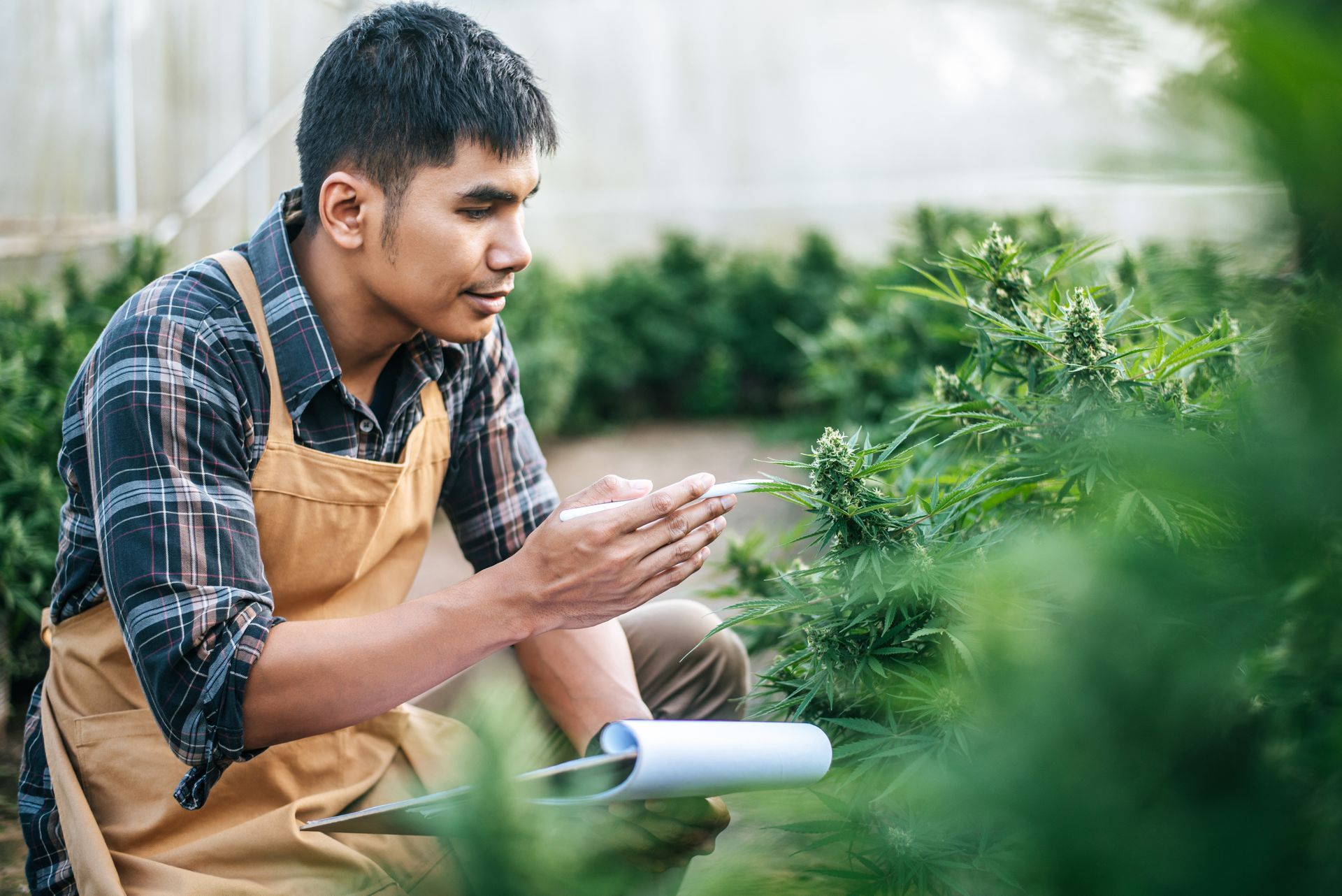
Don't have access to a refractometer? Simply observing your cannabis plants can give you an indication of health and sugar levels. A healthy cannabis plant will inherit a shiny, almost wax-like appearance. This way you will know your plants are producing the sugar they need.
Where to Buy Sweeteners in Bulk?
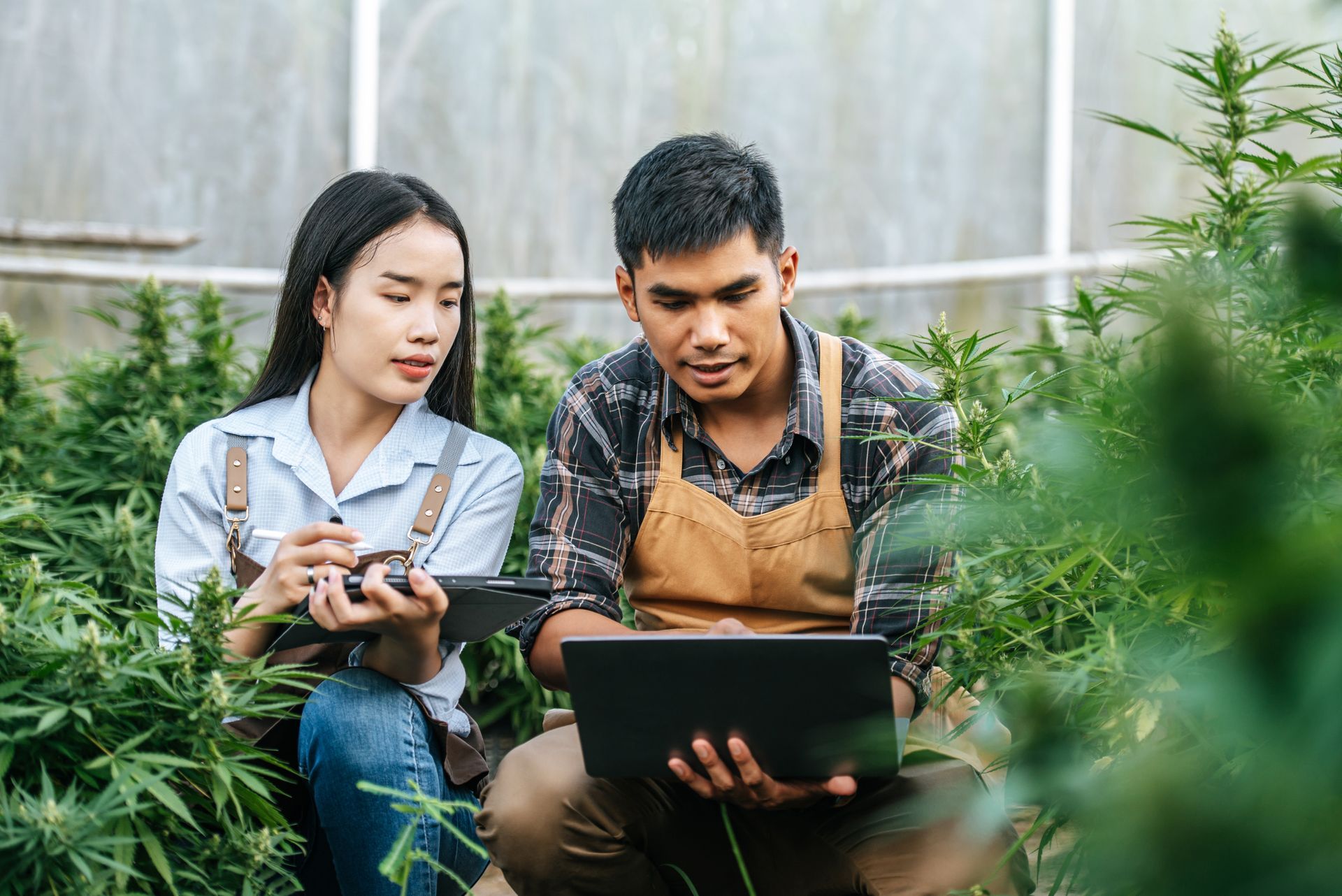
Sugar has so many unique uses with a long shelf life to allow for bulk purchases. Indiana Sugars understands both of these things well, and we are ready to partner with you for all your sugar and sweetener needs. We got into our business because we know how essential sugar is to all, and we certainly know our way around it, so you will never have to worry about your inventory. Our customer service sets us apart. With nearly a century of experience, we can help you navigate our
catalog of products to connect you to the highest quality ingredients you need. Contact us today to get started with your first order!

